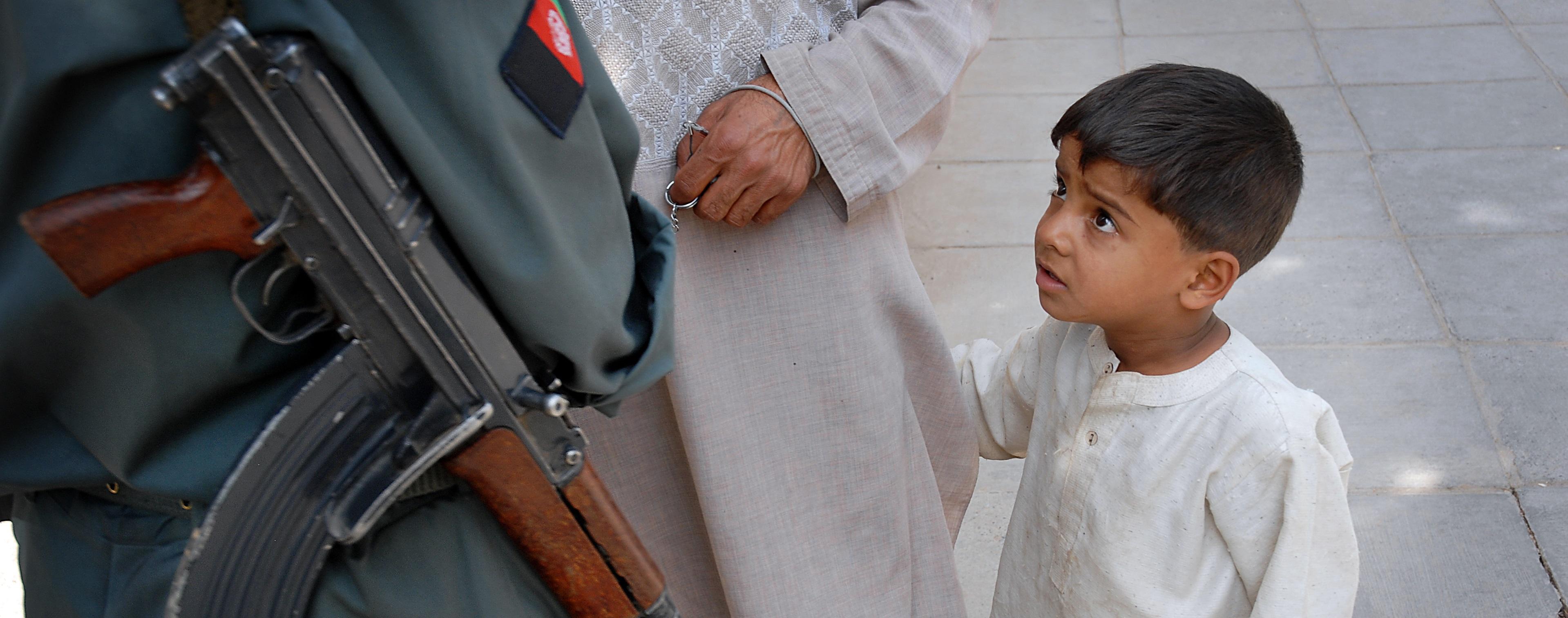What is it?
The EU is committed to protect children caught in armed conflicts and to ensure that their needs and rights are respected and fulfilled.
The United Nations (UN) Convention on the Rights of the Child defines a child as any human being below the age of 18 years.
International humanitarian law provides general protection for children as persons taking no part in hostilities, and special protection as persons who are particularly vulnerable.
Why is this important?
Nearly 470 million children live in conflict zones. Because of their age, physical and psychological maturity, dependency and legal status, children are particularly exposed to the risks, violence, and neglect that conflict dynamics impose on people.
Thousands of children bear the brunt of extreme levels of violence and the 6 grave violations against them, as defined by the UN Security Council: killing and maiming of children, recruitment or use of children in armed forces and groups, rape and other forms of sexual violence against children, abduction of children, attacks against schools and hospitals, and denial of humanitarian access to children.
How are we helping?
With the revised Guidelines on Children and Armed Conflict, the EU put in place a comprehensive framework to protect the rights and well-being of children throughout the whole conflict cycle, to enhance prevention and to strengthen accountability for the perpetrators.
The EU’s humanitarian aid supports targeted actions on protecting children in humanitarian crises settings, including situations of conflict. Activities include prevention of and response to violence (including sexual and gender-based violence), case management, registration and restoration of lost civil documentation, family tracing and reunification, prevention, demobilisation, release and reintegration of Children Associated with Armed Forces and Armed Groups (CAAFAGs), psycho-social support, support to unaccompanied and separated children.
Moreover, the EU invests yearly 10% of its initial humanitarian aid budget to support access to quality learning for children affected by crises and to protect education from attacks.
Children and armed conflict and advocacy against the six grave violations constitute an integral part of EU’s diplomatic efforts and advocacy on the international humanitarian law (IHL).

